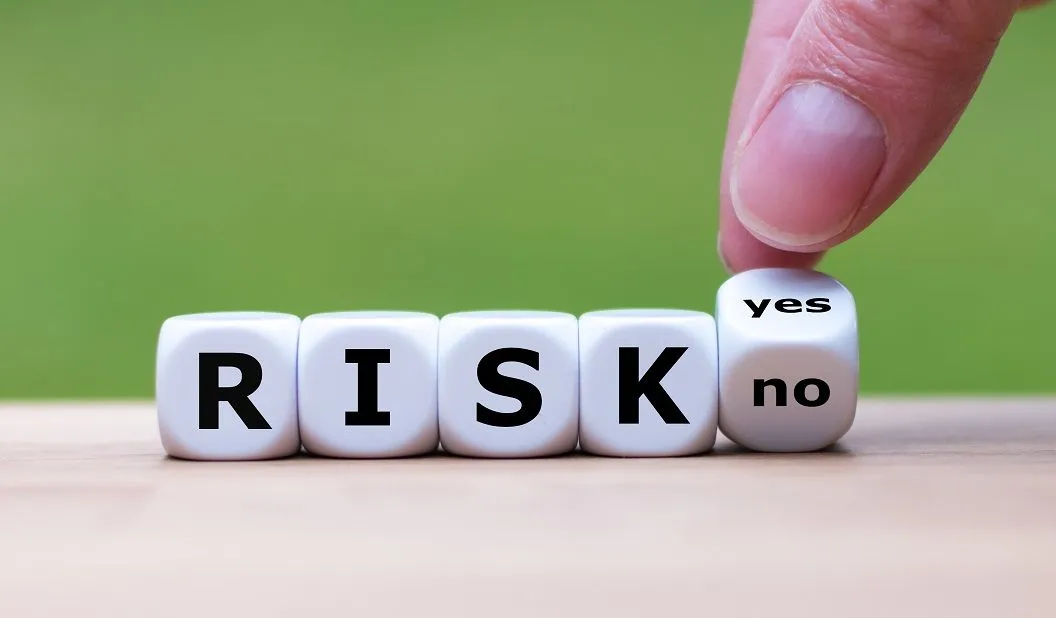In one mid-sized bank, the executive committee celebrated record loan growth. They cheered the numbers, cut a cake, and issued a press release. What no one said in the room was that over 40 percent of the new portfolio was concentrated in real estate developers with weak collateral and questionable repayment capacity.
Eighteen months later, the same board faced a liquidity crunch and regulators breathing down their necks. The cost of ignoring risk was not just money; it was credibility, leadership stability, and market trust.
Growth without resilience collapses fast
Boards love good numbers, and Executives love applause. But growth without resilience is a ticking time bomb dressed as progress.
A 20 percent year-on-year revenue increase sounds impressive on paper; analysts nod, and shareholders cheer, bonuses are paid. Yet in boardrooms, the first question is never “how much did we grow?” but “what props up this growth, and how fragile is it?”
If 60 percent of that growth comes from one customer contract, you are not growing; you are gambling. If your supply chain depends on one raw material source in Asia, political unrest or a port strike can freeze production overnight.
If your margin expansion is based on regulatory loopholes, a single policy shift can erase your profit, which is not growth. That is overexposure dressed in PowerPoint slides.

“Boards that only reward growth are complicit in fragility. Boards that demand resilient growth, stress-tested, diversified, shock-proofed, create enterprises that outlast economic cycles.”

Executives often defend it: “We cannot diversify too fast; this client is strategic.” Translation: “We are hostages, but the ransom money is still flowing.” Boards fall for it when the dashboards are green and the earnings call sounds confident.
It is easier to nod at the growth story than to interrogate its fragility. Imagine a single depositor – corporate or individual holding over 60% of your FD? Total exposure. Any bank worth its name must focus on fixing such a risk!
Business reality is harsh. Supermarkets have expanded on credit-fueled customer spending only to collapse when inflation crushed disposable income.
Manufacturers have scaled up to meet government tenders, then folded when procurement cycles delayed payments for months. Banks have chased corporate clients with massive loan facilities, then watched half their capital eroded when those corporates defaulted.
True resilience is measured by the ability to absorb shocks without begging for rescue. It is about earnings spread across customers, diversified supply chains, prudent leverage, and contingency planning.
Resilient companies often grow more slowly, but they survive longer. Fragile companies grow faster, but they collapse harder.
Boards that only reward growth are complicit in fragility. Boards that demand resilient growth, stress-tested, diversified, shock-proofed, create enterprises that outlast economic cycles









